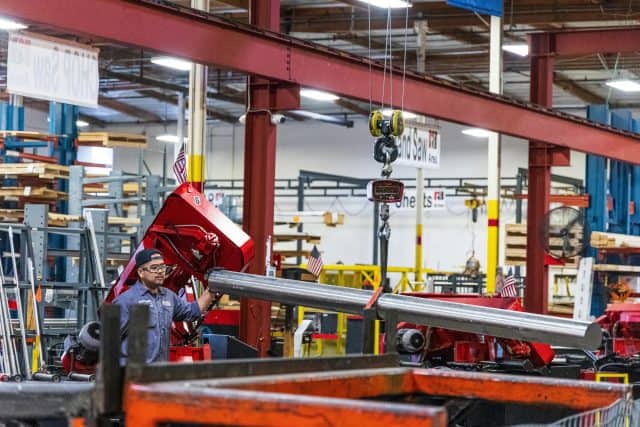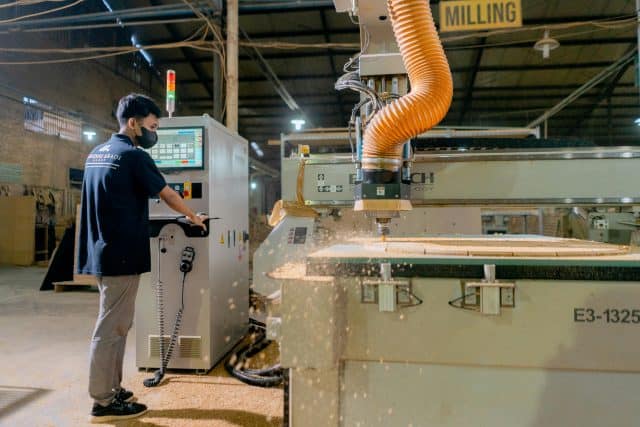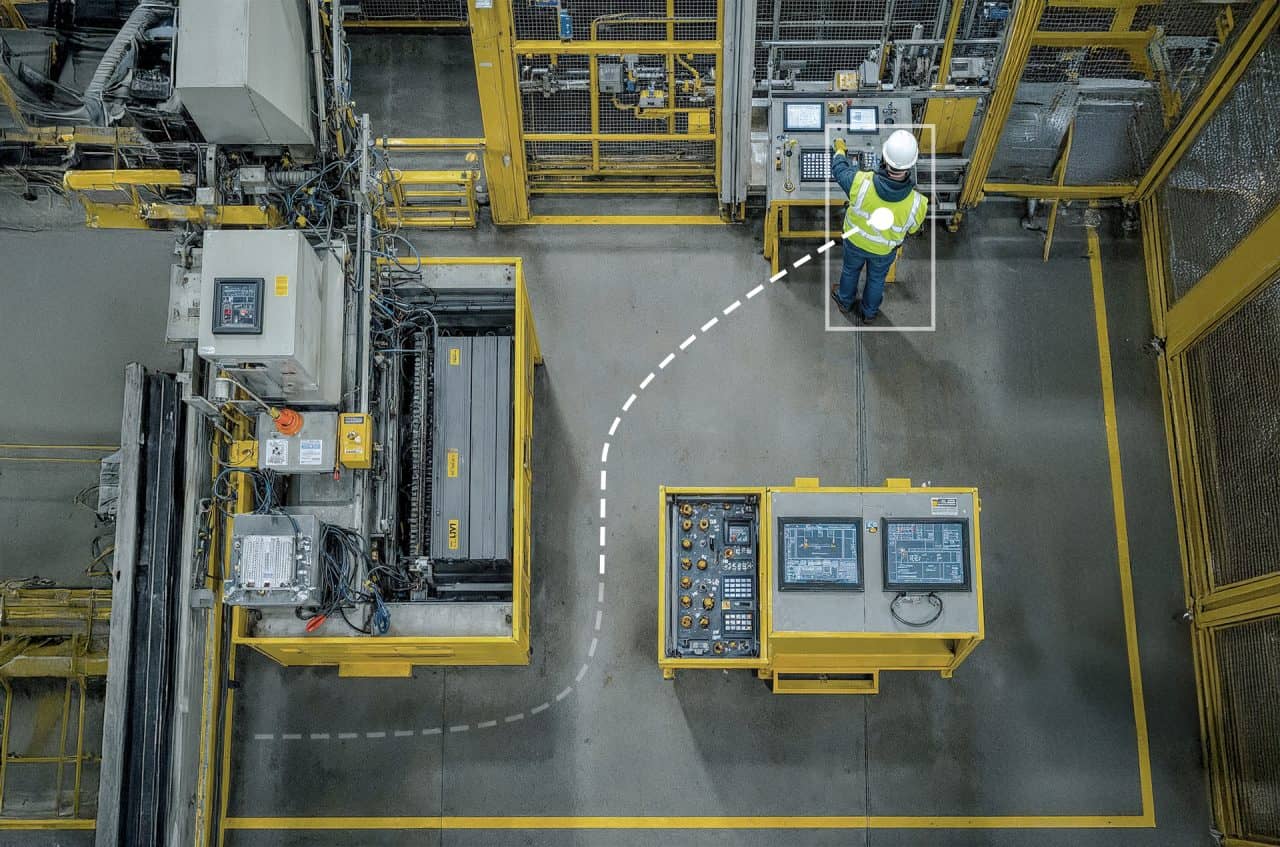In manufacturing environments, how people and machines move throughout a facility over time reveals more than just daily performance: it reveals inefficiencies, fatigue patterns, layout challenges, and opportunities for long-term optimization. While spot audits and time studies capture momentary insights, they often miss the bigger picture of how activity evolves across days, weeks, or production cycles.
Activity Monitoring Over Time using computer vision enables continuous, automated tracking of operational movement and behavior across shifts and areas. This long-view approach surfaces trends that drive layout improvements, reduce unnecessary motion, and support a smarter, leaner workplace.
What the system measures
Movement distances, activity shifts, and layout inefficiencies that accumulate over time.
By analyzing worker and asset motion day by day, computer vision helps identify excessive travel paths, workflow bottlenecks, and environmental changes that impact productivity and operator fatigue. Subtle shifts in activity patterns become visible, enabling data-driven improvements.
Key operational metric
Movement distance per day
This measures the cumulative physical movement of workers or assets across a facility. Reduction impacts are in the order of a 10% decrease in unnecessary movement. This can yield $1,000 per day in saved operational costs, factoring in time, fatigue, and inefficiency.
How activity monitoring over time works
- Continuous tracking: Cameras throughout the facility monitor movement patterns non-intrusively in real time.
- Trend recognition: AI models detect changes in distance traveled, time in transit, and frequency of motion across shifts and areas.
- Historical visibility: All data is logged and visualized over time to reveal patterns not detectable through real-time systems alone.
- Optimization triggers: Insights are generated when movement exceeds benchmarks or changes suggest layout or workflow misalignment.
This system provides a comprehensive digital record of how work is performed—not just today, but over weeks and months—supporting continuous improvement at scale.

Use cases across manufacturing and industrial operations
Automotive manufacturing
- Track travel distance between stations during component handling
- Identify repetitive manual motion that leads to fatigue or ergonomic risk
Electronics production
- Analyze movement between assembly and inspection areas to improve layout efficiency
- Detect increases in motion due to temporary workarounds or missing tools
Pharmaceutical and batch processing
- Monitor operator movement during batch preparation or cleaning transitions
- Evaluate whether layout supports hygienic flow and regulatory compliance
Food and beverage production
- Identify recurring transport loops that extend changeover times or ingredient staging
- Optimize crew distribution across variable-capacity lines
Business benefits of activity monitoring over time
Layout optimization: Reduce excessive travel and streamline workflows based on real movement data—not assumptions.
Fatigue and ergonomics management: Lower physical strain by minimizing unnecessary walking, reaching, or repeated tasks.
Performance benchmarking: Understand how activity varies across shifts, teams, or facilities to establish best practices.
Predictive operations: Use movement trends to anticipate capacity challenges, material shortages, or scheduling misalignments.
Continuous improvement enablement: Identify opportunities for lean interventions and validate the impact of process changes over time.

Integration and data handling
Activity monitoring systems typically operate on local edge infrastructure to ensure real-time performance and data privacy. Captured insights can be integrated with manufacturing execution systems (MES), business intelligence platforms, or industrial analytics dashboards to support broader decision-making.
These systems are built to scale, handling large volumes of video-derived movement data while providing consistent, structured outputs for cross-site analysis.
Why activity monitoring over time matters
Most facilities rely on short-term observations or ad hoc studies to assess operator movement. But those snapshots can miss broader patterns, like gradual increases in walking distance due to layout drift, or emerging inefficiencies from new product introductions.
Activity monitoring over time captures the big picture. It turns routine video data into valuable insight, empowering teams to improve flow, reduce operator burden, and design work environments that support peak performance every day.
By understanding how activity patterns evolve, organizations can eliminate unnecessary motion, reduce fatigue, and boost productivity, all without increasing headcount or equipment.
It’s not about watching people: it’s about improving the environment in which they work.
